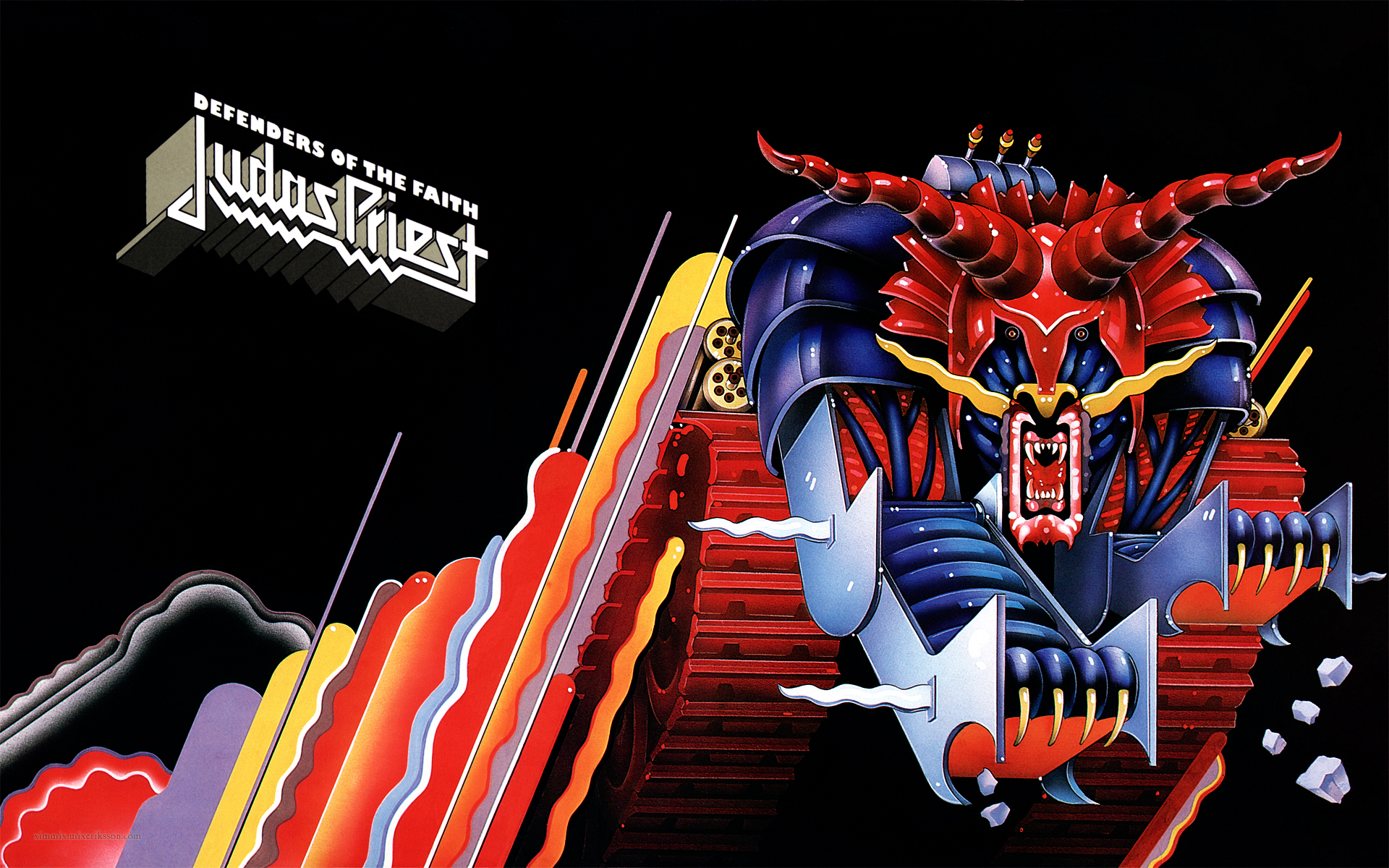

While the market share of these exotic high-end mainboards is very low, almost all high-end cases and many mainstream cases support XL-ATX (10 expansion slots). Some XL-ATX mainboards increase the mainboard's width as well, to allow more space for the CPU, Memory PWM, and in some cases, a second CPU socket. It extends the length of the mainboard to accommodate four graphics cards with dual-slot coolers. In the high-end segment, the unofficial and loosely defined XL-ATX specification appeared around 2009. Ĭurrently, the most popular form factor for desktop computers is ATX, although microATX and small form factors have also become very popular for a variety of uses. Desktop cases-and mini-tower cases under about 46 cm (18 in) high-are popular in business environments where space is at a premium. Full-size tower cases are typically larger in volume than desktop cases, with more room for drive bays, expansion slots, and custom or all-in-one (AIO) water cooling solutions. Form factors for rack-mounted and blade servers may include precise external dimensions as well since these cases must themselves fit in specific enclosures.įor example, a case designed for an ATX motherboard and power supply unit (PSU) may take on several external forms such as a vertical tower (designed to sit on the floor, height > width), a flat desktop (height < width) or pizza box (height ≤ 5 cm or 2 in) designed to sit on the desk under the computer's monitor).

Consequently, personal computer form factors typically specify only the internal dimensions and layout of the case. Accessories shown include: a fan controller, a DVD burner, and a USB memory card reader.Ĭases can come in many different sizes and shapes, which are usually determined by the form factor of the motherboard since it is physically the largest hardware component in most computers.
#Desktop covers computer full#
In recent years, open frame or open air cases that are only partly enclosed (with freer ventilation and thus theoretically better cooling) have become available in the premium gaming PC market.Ī full tower case.

The external case panels, at least one of which are removable, cover the chassis from the front, sides and top to shield the internal components from physical intrusion and dust collection, and are typically made from painted metallic and/or plastic material, while other materials such as mesh, tempered glass, acrylic, wood and even Lego bricks have appeared in many modern commercial or home-built cases.

The structural frame ( chassis) of a case is usually constructed from rigid metals such as steel (often SECC - steel, electrogalvanized, cold-rolled, coil) and aluminium alloy, with hardpoints and through holes for mounting internal hardware, case fans/ coolers and for organizing cable management. The components housed inside the case (such as the CPU, motherboard, memory, mass storage devices, power supply unit and various expansion cards) are referred as the internal hardware, while hardware outside the case (typically cable-linked or plug-and-play devices such as the display, speakers, keyboard, mouse and USB flash drives) are known as peripherals.Ĭonventional computer cases are fully enclosed, with small holes (mostly in the back panel) that allow ventilation and cutout openings that provide access to plugs/sockets (back) and removable media drive bays (front). The power supply is on the bottom rear.Ī computer case, also known as a computer chassis, is the enclosure that contains most of the hardware of a personal computer. The motherboard (MicroATX) is in a horizontal position at the top, and the peripheral connectors go at the panel located at the rear of the case and USB ports at the top.


 0 kommentar(er)
0 kommentar(er)
